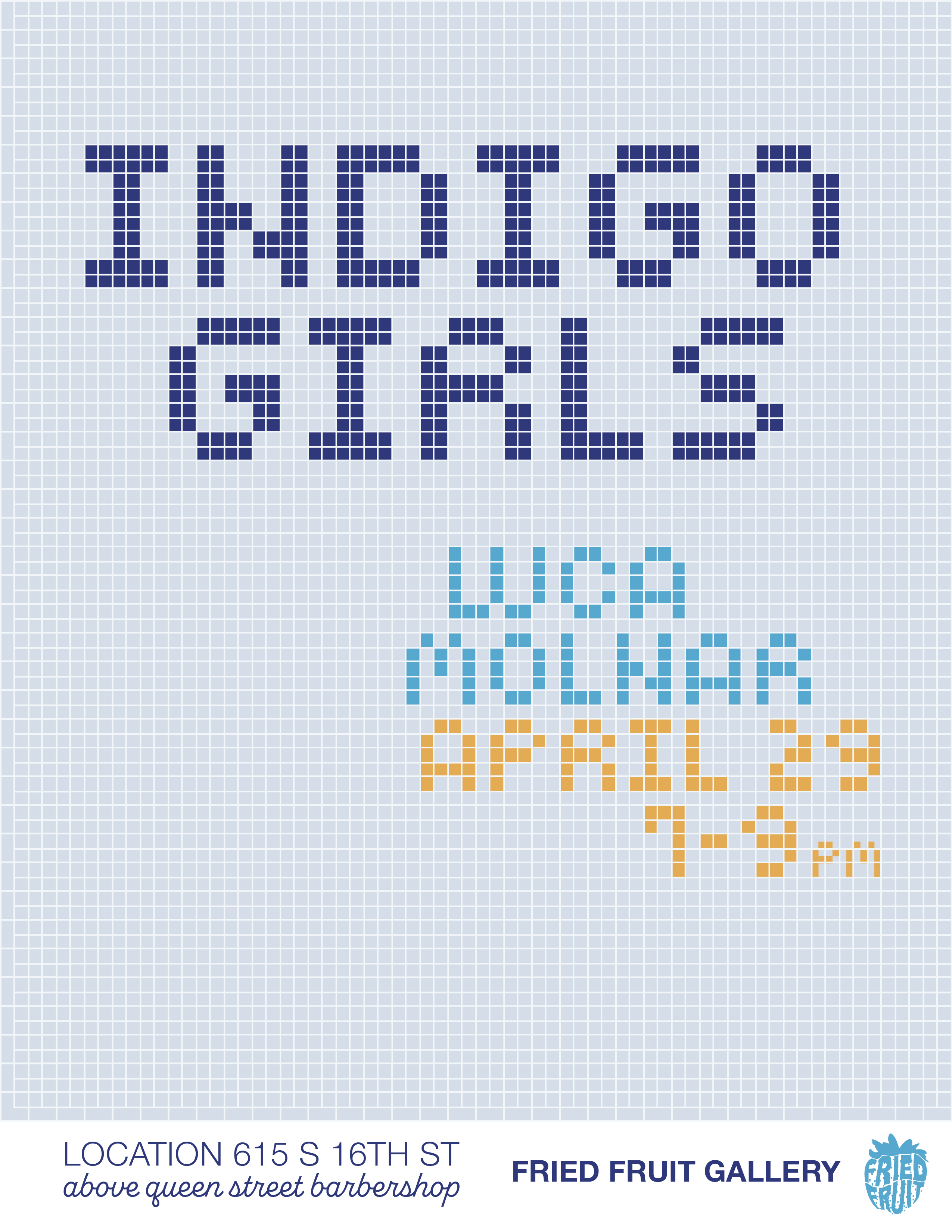“I start with a woman—a historical figure whose similarity to myself I hope for, fear, or, often, both. These women found ways to navigate a public not built for them, weaponizing the private. In my paintings, I imagine a world in which they might have existed—a time and place built from period wallpaper patterns or heritage paint palettes. In doing so, I imagine their person too. Did they trace their own complexities and contradictions? Did they study the many overlapping patterns of their homes, finding shifting borders and hidden power structures, as I do?
Pattern (the decorative, the designed, the carefully purchased, the mundane, the lived-in) provides cover. A mask through which I can undo some of the flatness and passivity of painting's beauty, of "women's history". I am a painter, most days, but language and sculpture allow me to assert, to demand, to be direct and maybe radical.” ⏤ Molnar
Indigo Girls starts with Eliza Lucas Pinckney, manager of her late husband’s South Carolinian plantations, which relied on the labor of enslaved people. She is credited with establishing indigo as a cash crop and was fashioned into a patriotic symbol of female ingenuity by historian David Ramsay. Her son, Charles Cotesworth Pinckney, would go on to be a Founding Father and champion of the Fugitive Slave Clause. Eliza’s story and its framing have much to tell us about contemporary constructions of white Southern womanhood and our relationship to our own history. From this start, many networked branches: Osnaburg fabric, used by Washington to clothe his slaves and a driver of the booming textile industry of Lowell, Massachussetts, a site of early women-led labor organizing; denim, an oft-forgotten icon of the Civil Rights Movement–from Blue Jean Sunday in Huntsville, Alabama to SNCC women’s sartorial choices; seersucker, worn by recently-problematized Southern icon Atticus Finch but popularized decades prior by Princeton students in an act of reverse snobbery; other markers of Southern race, class, and culture: blue Secessionist cockades, sorority monograms, Old South Balls, genteel hospitality.
I’m trying to tell you something ‘bout my life
(Closer to Fine, Indigo Girls)







